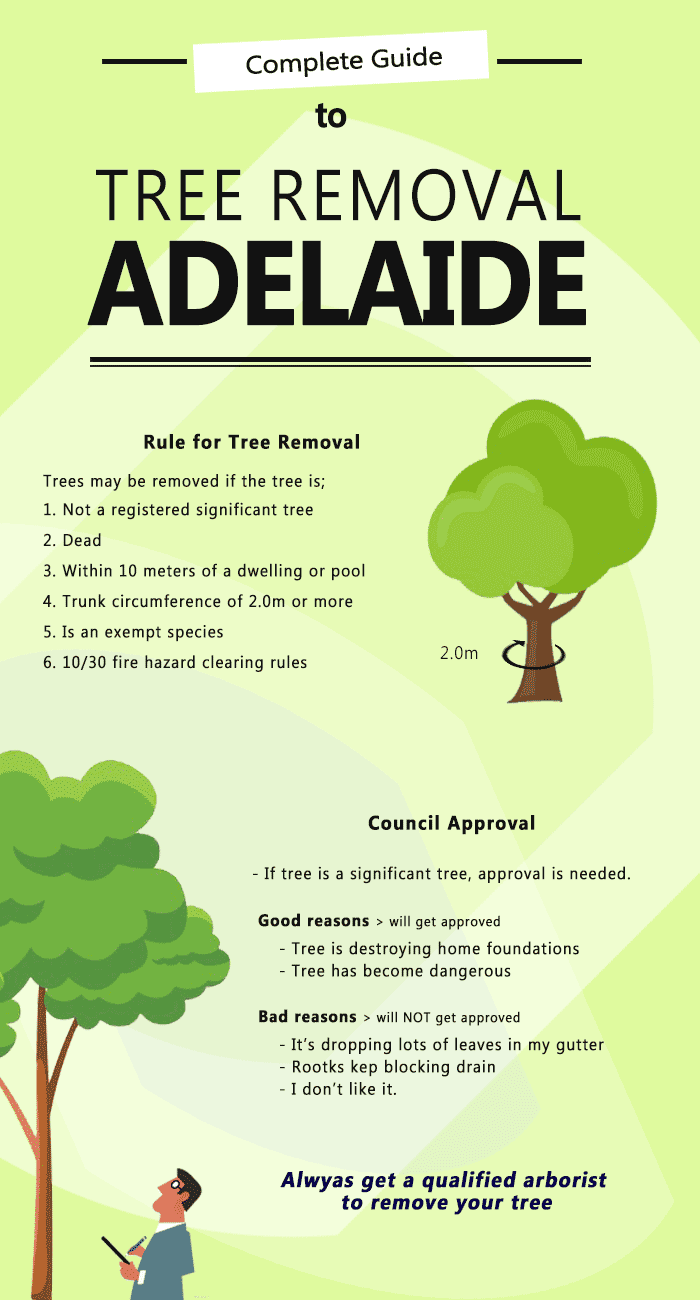Tree Care Throughout The Seasons: Finest Practices For Handling Trees Before And Adhering To Elimination
Tree Care Throughout The Seasons: Finest Practices For Handling Trees Before And Adhering To Elimination
Blog Article
maintanace Develop By-
When it comes to seasonal tree care, making sure correct administration before and after removal can significantly affect the health and looks of your landscape. By comprehending the needed actions involved in evaluating tree health and wellness and getting ready for elimination, you can proactively secure your residential property. Yet what regarding the essential practices to adhere to once the tree is gone? Keep tuned to discover the vital post-removal care actions that will certainly help you grow a thriving and lasting setting for your trees.
Pre-Removal Tree Treatment
Before dealing with the elimination of a tree, it's crucial to focus on pre-removal tree care. Beginning by assessing the tree's wellness and architectural integrity. Search for indicators of condition, bug problems, or any kind of structural problems that may posture a safety and security risk throughout elimination. It's vital to speak with a certified arborist to determine the best strategy.
Pruning dead or diseased branches can prevent more damages to the tree and make certain a smoother elimination process.
Furthermore, consider the environmental impact of removing the tree. Trees play an important duty in our ecosystem, so planting a new tree in an appropriate area can aid offset any type of loss. Ensure that you have the necessary permits and consents for tree removal, specifically if the tree is safeguarded by regional regulations.
Seasonal Upkeep Tips
Analyzing your tree's requirements throughout the year is essential for its health and durability. To maintain your trees in top condition, adhere to these seasonal maintenance pointers.
In spring, focus on trimming to eliminate dead or damaged branches and motivate new growth.
Summer season calls for routine watering, especially throughout dry spells, to guarantee your tree remains hydrated.
As fall approaches, keep an eye out for very early indications of disease or stress, and take into consideration using compost to shield the roots during winter.
In winter, be cautious when eliminating snow from branches to avoid damage, and remain to monitor your tree's total health and wellness.
Remember to adjust your care routine based upon the particular needs of your tree species and local climate. By staying mindful and aggressive throughout the periods, you can assist your trees grow and flourish for several years ahead.
Post-Removal Tree Treatment
To make sure the health of your landscape even after tree removal, appropriate post-removal care is important. After a tree is gotten rid of, it's important to load the staying opening with topsoil and small it to stop settling. This will aid keep the stability of the ground and avoid prospective threats in the future.
Take into tree moving service planting new vegetation instead of the eliminated tree to bring back the balance and appearances of your landscape. Frequently water the location to advertise the growth of new plants and avoid dirt erosion.
Evaluate the surrounding trees for any kind of signs of illness or stress that might have been triggered by the removed tree. Keep an eye out for insects that might've been attracted to the previous tree and take preventive measures to shield the staying greenery.
If required, speak with a professional arborist to evaluate the impact of the elimination on the surrounding trees and establish any kind of added care required. By complying with these post-removal treatment steps, you can ensure the continued health and elegance of your landscape.
Verdict
Finally, positive seasonal tree treatment is important for maintaining the wellness and balance of your landscape. By examining tree wellness, trimming, and talking to an arborist before removal, you can make certain a safe process. After removal, filling up the hole, planting new greenery, and routine watering will certainly promote new development and stop disintegration. Remember to examine surrounding trees for illness and look for additional treatment measures from an arborist to keep your landscape thriving.
